Citizen Scientists Catch DART’s Head-on Crash Live with Unistellar!
Franck Marchis Reveals Results from Unistellar's Citizen Science Team Capturing the DART Impact on the Global Star Party

On September 26, 2022, NASA's DART Mission successfully completed the first-ever full-scale planetary defense test by colliding with the smaller moonlet, Dimorphos, orbiting the double asteroid, Didymos. The impact occurred with the kinetic force equivalent to 3 tonnes of TNT and resulted in more than 1 million kilograms of material being ejected from the asteroid into space. Members of the DART team celebrated as the spacecraft successfully impacted the asteroid Dimorphos, completing the world’s first planetary defense test mission. Image credit: Johns Hopkins APL/Ed Whitman

The Unistellar Citizen Science Team, led by Franck Marchis at the SETI Institute, played a significant role in observing and capturing the impact data in real-time using small and sophisticated Unistellar eVscopes. Despite being some of the smallest telescopes used to observe the impact, the Unistellar Citizen Science network provided detailed observations of the effects of the impact, including the initial, fast-moving ejecta plume, continuous monitoring of the newly formed coma and tails, which allowed researchers to learn a lot about the impact's effects.
"We are the only group to publish the result of the impact live... We succeeded in observing it. And the reason is that we have a network of people, citizen astronomers, motivated enough to stay up until 3 or 4 a.m. to do this observation." - Franck Marchis
Using Unistellar’s App-Based Interface as a network, the team observed, captured, and delivered data of the impact live in real time (the only team to do so) from the Unistellar Citizen Science Team members on Reunion Island in the Indian Ocean and in Kenya.
Moreover, the team discovered that the rocks appeared to become significantly redder immediately after the spacecraft hit, which researchers have yet to explain. The data collected by the Unistellar Citizen Science Team will be added to various world-class observatories and telescopes, including ALMA, Hubble Space Telescope, James Webb Space Telescope, and DART's onboard instrument Didymos Reconnaissance and Asteroid Camera for Optical navigation (DRACO).
- Explore the Unistellar Collection at Explore Scientific
- Learn More about Unistellar Citizen Science
- Read the Results of the Unistellar Citizen Science Network on SETI
- DART Mission Home Page
Researchers are continuing to work through the DART data to learn more about preventing destructive impacts from Potentially Hazardous Objects in space as well as the physics, chemistry and geology of both Dimorphos and Didymos.

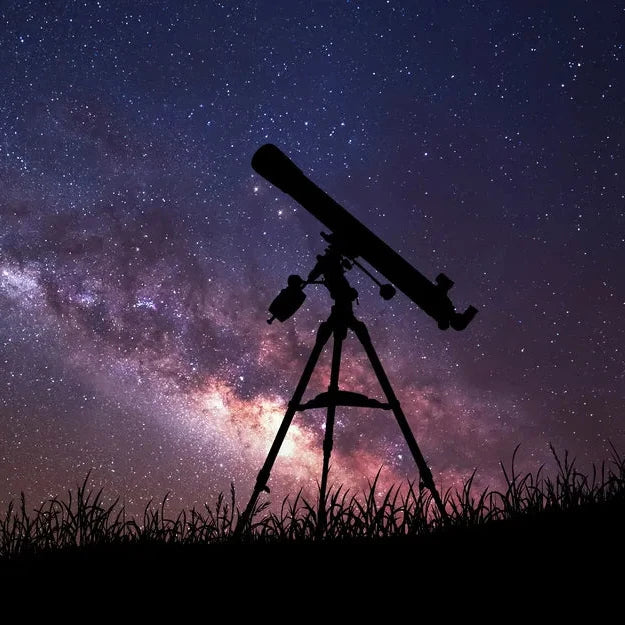
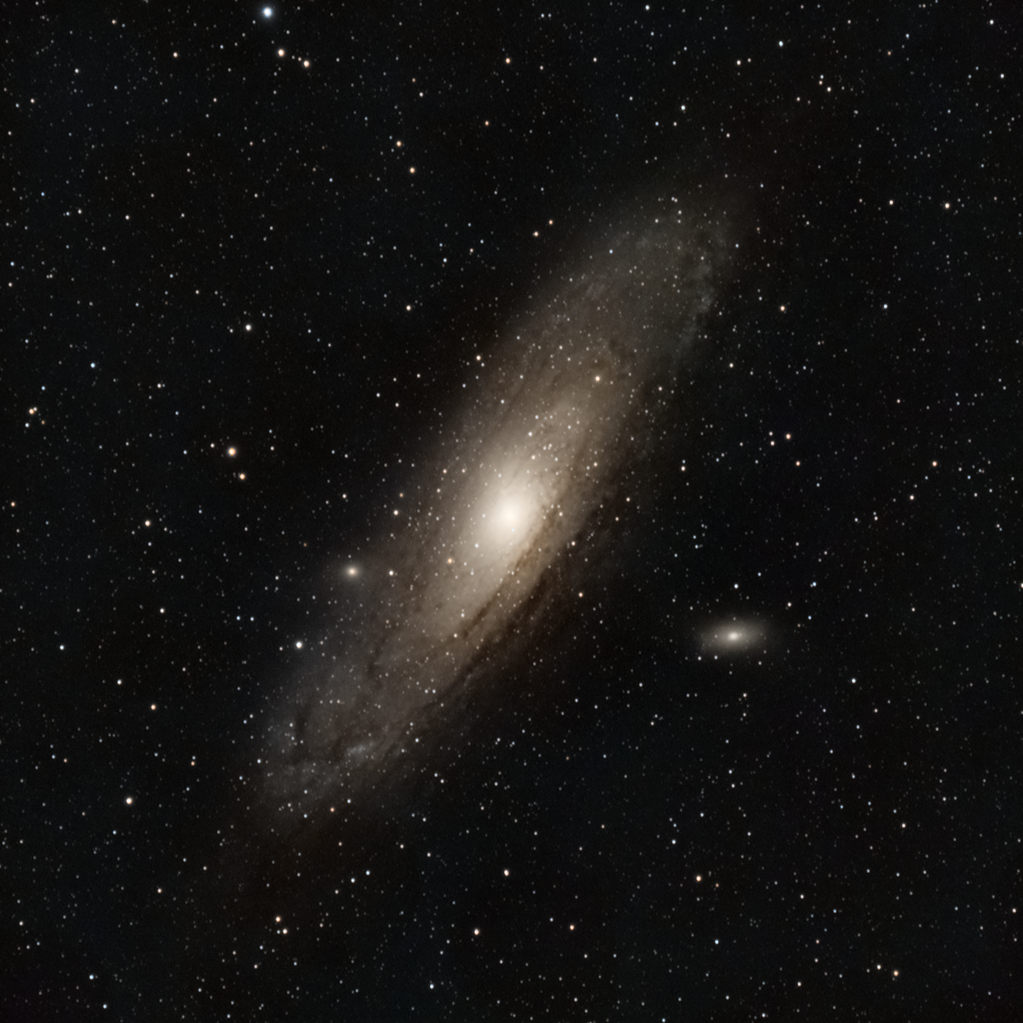
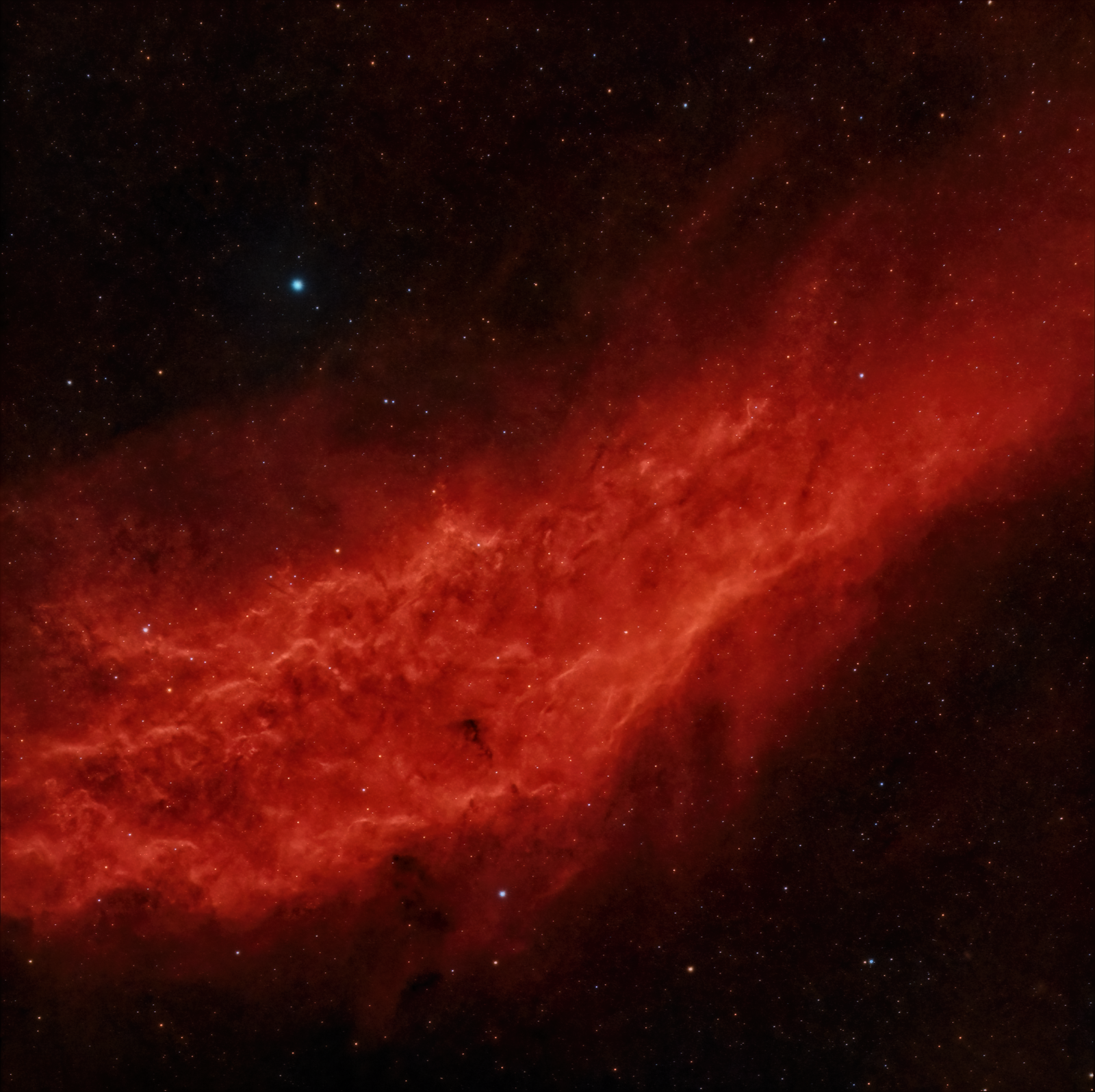
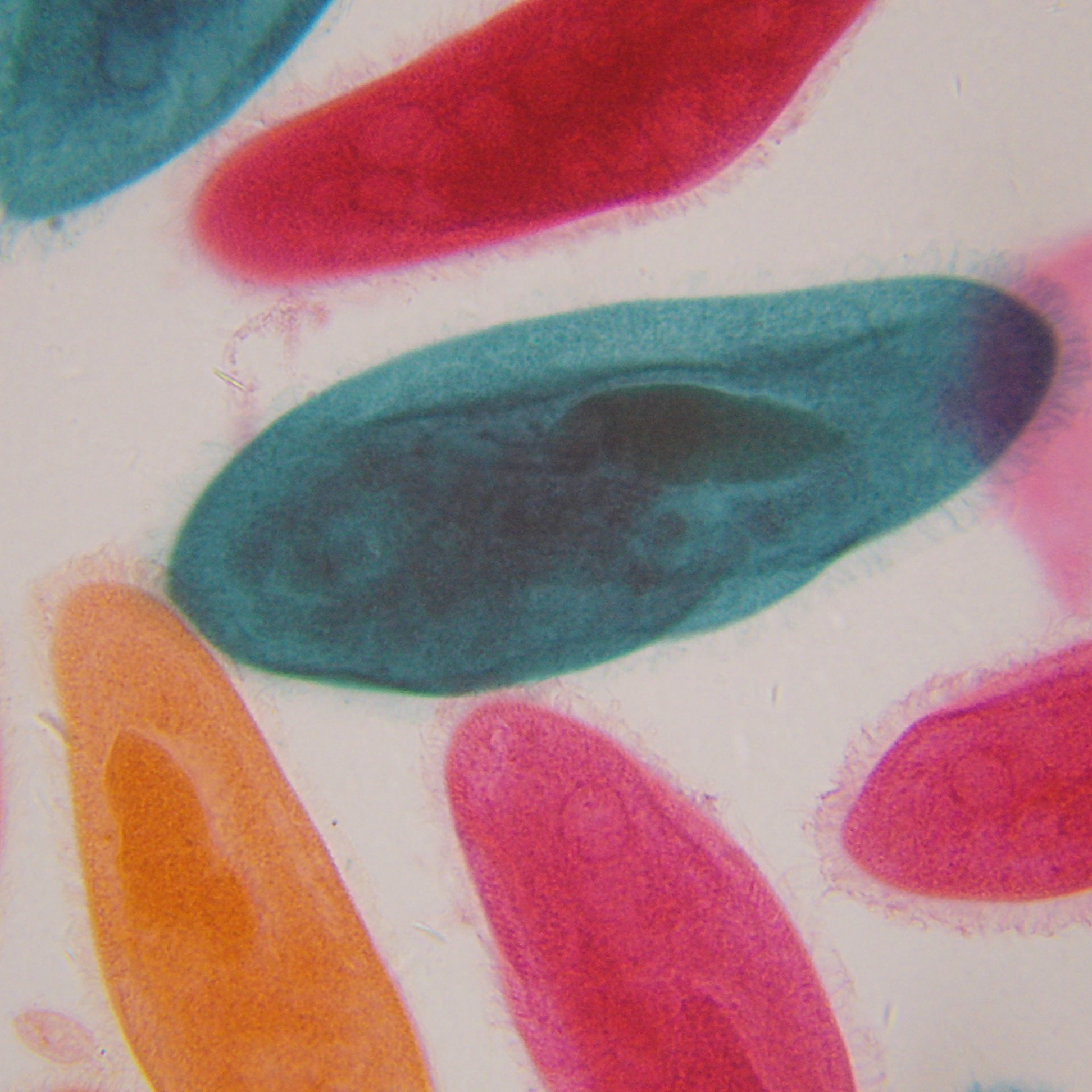



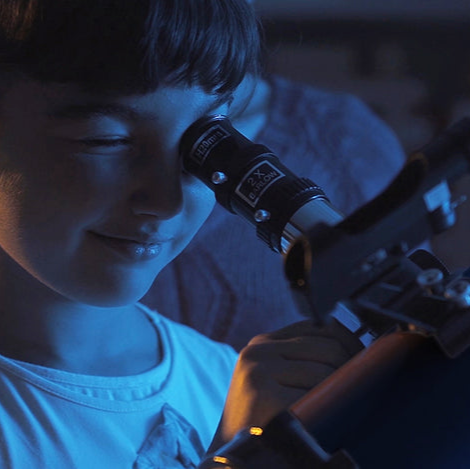

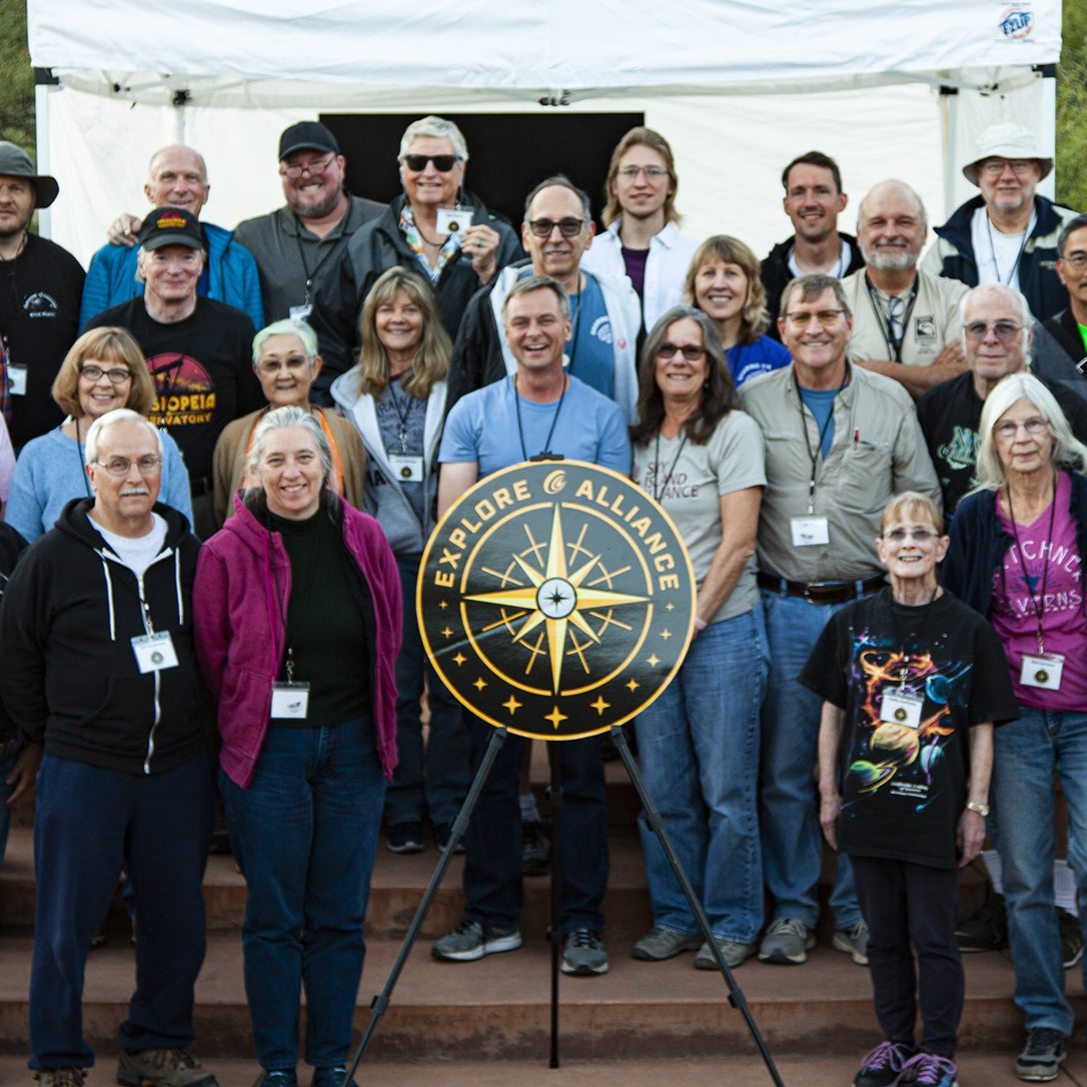
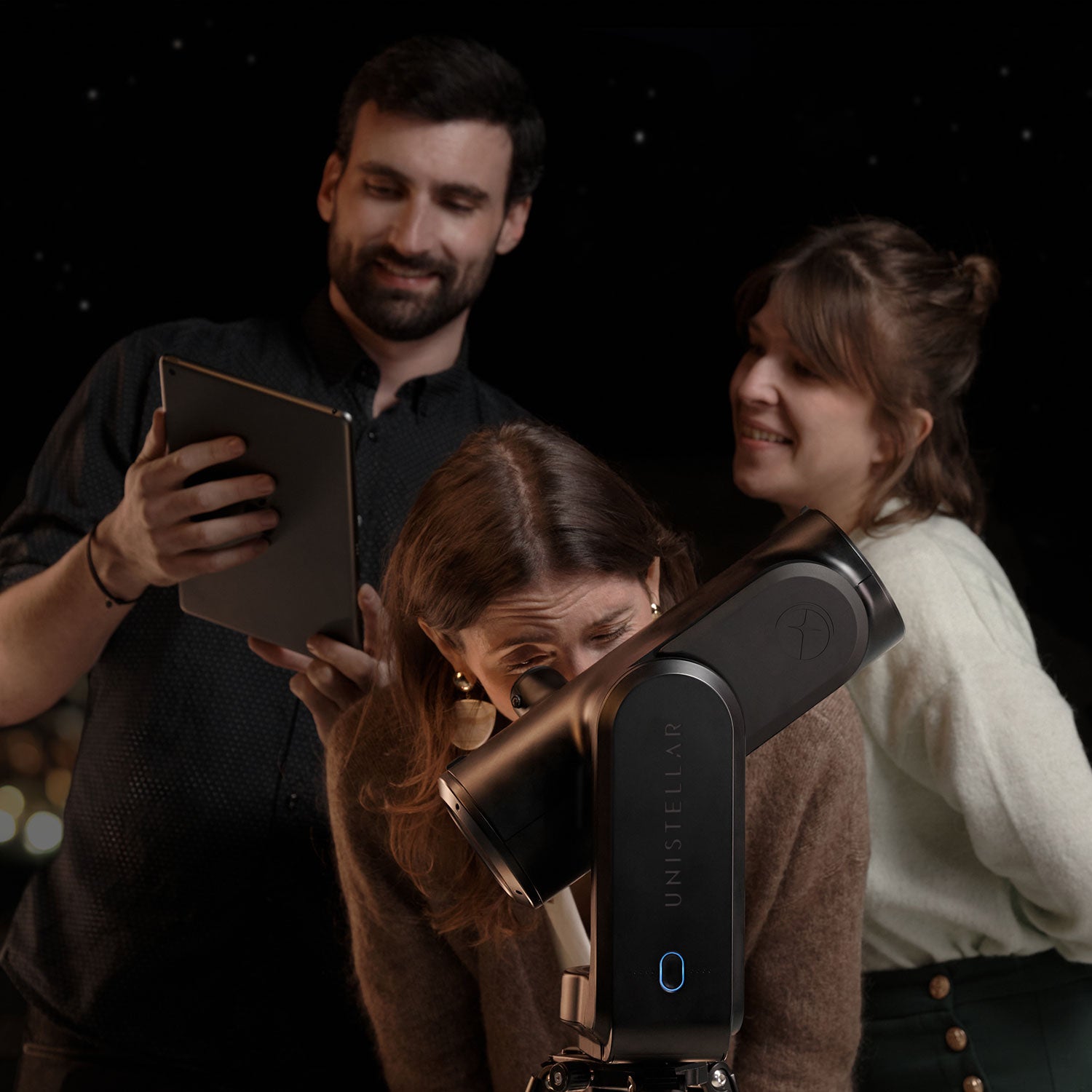



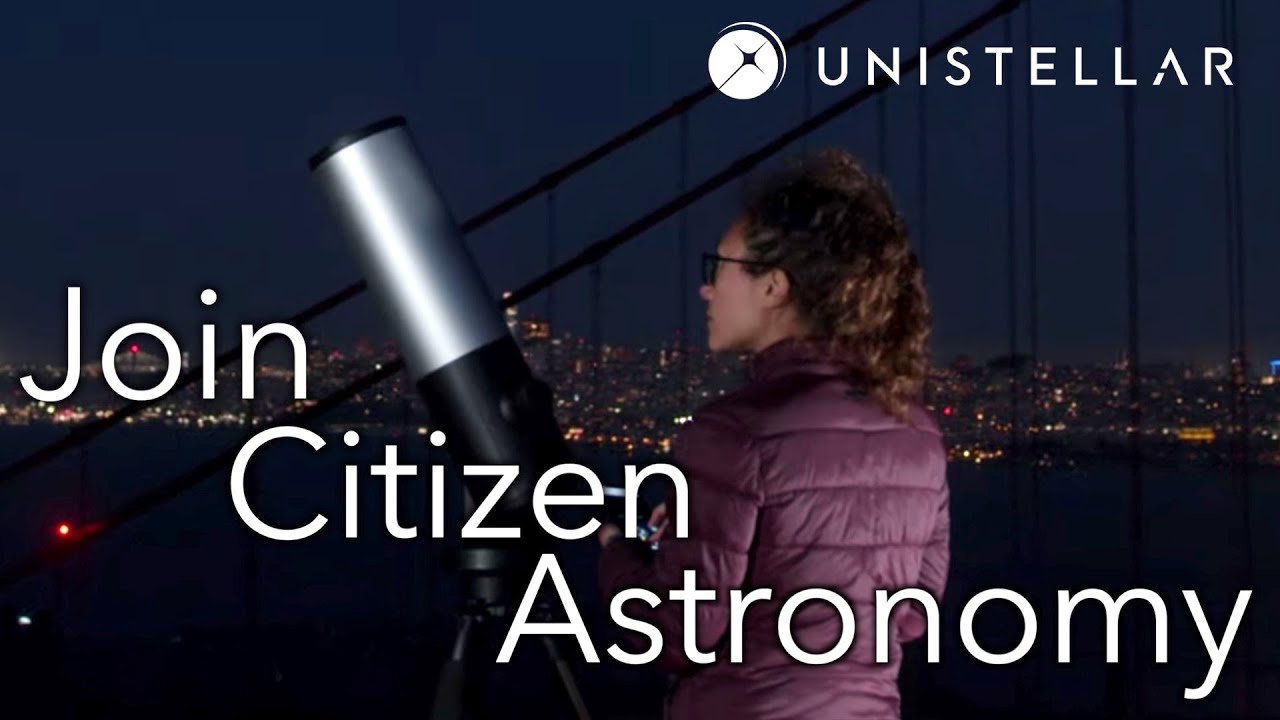
Commenta
Nota che i commenti devono essere approvati prima di essere pubblicati.
Questo sito è protetto da hCaptcha e applica le Norme sulla privacy e i Termini di servizio di hCaptcha.